Development
In 1926, SISA asked the Cosulich group to build an acrobatic seaplane for advanced training to be assigned to new pilots of the Portorose Flight School. The result was a wooden hulled seaplane, sesquiplane with top wing suspended engine, tow bladed wooden propeller and a structural safety coefficient of 12, allowing the most extreme acrobatic maneuvers without limitations. The tCANT 18 was designed by Chief Engineer Raffaele Conflenti and built by the Cantiere Navale Triestino (CANT). It was essentially a development of the previous CANT 7, and had to have a trainer available for the new generation of pilots deployed on newly created commercial routes owned by the Cosulich Brothers of Trieste, the same ones who had founded CANT.Design
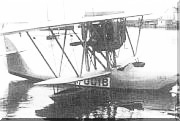 The CANT 18 was in straight line designed along the same line of previous models going back to Macchi, themselves based on Austro-Hungarian models such as the Lohner L. There was an all-wooden bult hull, carefully shaped and very aerodynamic, as well as quite rigid, fitted with internal bulkheads to provide buoyancy in case the hull was punctured. The fuselage provided the main floatation, with two smaller floats under the lower wings. The upper wing supported by reinfirced struts in N style arrangement rested on top of the main pushed engine. The wooden two-blased propeller was indeed at the rear, far from the pilot. The CANT 18 was unarmed and if some were two-seaters, used for training, the bulk were one-seaters, so there was no machine gun nor bombs carried. The model was mostly used in WW2 for training and liaison.
The CANT 18 was in straight line designed along the same line of previous models going back to Macchi, themselves based on Austro-Hungarian models such as the Lohner L. There was an all-wooden bult hull, carefully shaped and very aerodynamic, as well as quite rigid, fitted with internal bulkheads to provide buoyancy in case the hull was punctured. The fuselage provided the main floatation, with two smaller floats under the lower wings. The upper wing supported by reinfirced struts in N style arrangement rested on top of the main pushed engine. The wooden two-blased propeller was indeed at the rear, far from the pilot. The CANT 18 was unarmed and if some were two-seaters, used for training, the bulk were one-seaters, so there was no machine gun nor bombs carried. The model was mostly used in WW2 for training and liaison.
Compared to its predecessor, improvements were made both to the overall aerodynamics and hydrodynamics with a reworked central hull. While maintaining a similar appearance to the previous CANT 7, the CANT 18 had the structure of its wings modified and reinforced. The conventional structure was replaced by a more advanced Warren truss system, characterized by tense and compressed diagonal beams and the absence of struts. Thus, causing less drag and increasing performances. The CANT 18 was still a demanding machine, requiring particular care for pilots but it was able to give great satisfaction to experts due to its qualitied. Extremely robust, the CANT 18 could have been used as a fighter or even dive bomber to some extent.
The CANT 18 came out in three variants with gradual improvements in engines and performances. The first serie had the sotta Fraschini V6 260cv while the bis had the Asso 200 rated for 250cv and one and onl ter used the army choice Fiat A20 da 410 hp. The latter had even greater performances but the weight of the engine and limits of the structure made it unsuitable as a fighter. The first serie was 960 kgs empty, the Bis was 975 kg. and the ter weighted 1050 kg. Loaded figures, max take off weight are unknown. The first serie was capable of 180 km/h and the CANT 18 bis of 190 km/h (bis), the Ter was capable of 230 km7h but in 1929 it was seen as unsufficient. Ceiling was 5500 for the first serie and bis, and 5800 meters for the CANT 18 ter. Autonomy and range were of 600 km for the CANT 18 bis and 800 km for the CANT 18 ter.
Versions
CANT 18: single-seater, 250 HP (187 kW) Isotta Fraschini V.6 engine, 17 madeCANT 18bis: 2-seater with a 260 HP (191 kW) Isotta Fraschini Asso 200, 10 made
CANT 18ter: Military version with a 410 HP (302 kW) Fiat A.20 engine, one tested.
Production and Planned replacement:
Most of the aircraft produced were used by S.I.S.A. owned by the Cosulich Brothers. In all, there were 17 made of the 1st serie, ten of the CANT 18 bis and two CANT 18 ter. The CANT 18 proved to be robust and reliable, remaining in service from 1926 to 1944. In all, 25 were used for civilian service: the I-OCIA I-OCIB I-OCIC I-AZAS I-AZAD I-OCIE I-AZAN I-AZAI I-AZAO I-AZAU I-AZAX I-AAKE I-AAKA I-AAKB I-AAKC I-AAKD I-AAKF I-AAKG I-AAKH I-AAKY I-AAKI I-AAKX I-AAKJ I-AAKX I-AAKW. In 1940 the ones still in service were used to train pilots and for liaison. Overall, the Italian Air Services Company (S.I.S.A.) operated with 25 CANT 18 and 18bis models.The Regia aeronautica operated 12 of them, of the two types and the single CANT 18ter until 1944 for liaison and reconnaissance.
The third operator was the Uruguay Navy (Servicio Aéronautico de la Marina Uruguaya) which operated two CANT 18bis, delivered in September 1929, operated from the Isla de la Libertad seaplane base. They were still listed as active in WW2.
Originally, two were ordered for tests by the Regia Aeronautica. The first was the only CANT. 18ter (1927) planned as a seaplane fighter but not adopted. It was assigned to the High Speed Flight Department of Desenzano. The second one was a modified CANT. 18bis ordered in 1929 and, after evaluation tests, it was reassigned to SISA so in civilian service. In 1933, the Portorose School was transferred to the military authorites which also gained its 11 CANT 18, which were all passed on to the Regia Aeronautica. The last was retired in 1944. In 1934 another CANT 18bis was donated to the “Ernesto Gramaticopulo” Aeroclub of Trieste.
⚙ specifications | |
| Empty Weight | 975 kg (2,150 lb) |
| Lenght | 8.68 m (28 ft 6 in) |
| Wingspan | 10.50 m (34 ft 5 in) |
| Engine | Isotta Fraschini V6 water-cooled in-line 187 kW (250 hp) |
| Top Speed | 190 km/h (120 mph, 100 kn) |
| Range | 600 km (374 mi, 325 nmi) |
| Ceiling | 5,500 m (18,040 ft) |
| Armament | None |
| Crew | 2, pilot and instructor |
Read More/Src
Taylor, Michael J. H. (1989). Jane's Encyclopedia of Aviation. London: Studio Editions. p. 269.CANT. 18bis Idrovolante da addestramento avanzato in Museo della cantieristica.
Evangelisti, G. Gente dell'aria - Ed. Olimpia
Garello, G., D. Zorini. Le officine aeronautiche CANT. 1923/1945. Ed. Ufficio storico AMI.
Giorgio Dorati, C.N.T. Cant.18, su giemmesesto.org, Gruppo Modellistico Sestese CANT. 18bis Idrovolante da addestramento avanzato, in Museo della cantieristica
Links
giemmesesto.orgaerei-italiani.net
archeologiaindustriale.it
aerei-italiani.net
Model Kits
scratchbuilt on arcair.comGallery

CANT 18 in prospective Regia Aeronautica colors, 1942.
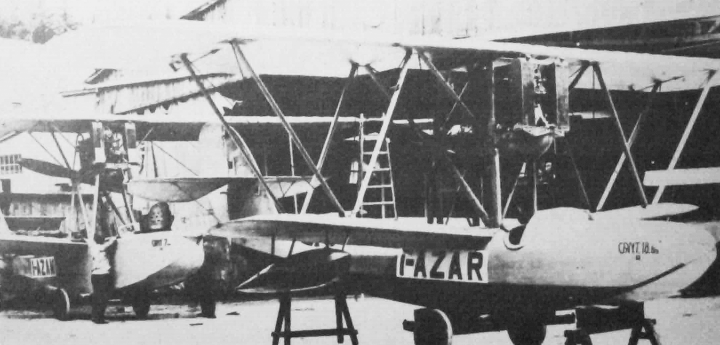
CANT 18 Bis in Civilian colors, SISA
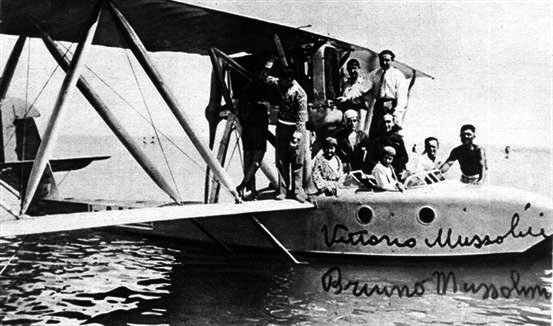
A latter transport version of the SISA with members of the Mussolini family on board
- Lohner E (1913)
- Macchi M3 (1916)
- Macchi M5 (1918)
- Ansaldo ISVA (1918)
- Sopwith Baby (1916)
- Short 184 (1916)
- Fairey Campania (1917)
- Sopwith Cuckoo (1917)
- Felixstowe F.2 (1917)
- Friedrichshafen FF 33 (1916)
- Albatros W4 (1916)
- Hanriot HD.2
- Grigorovitch M5
- IJN Farman MF.7
- IJN Yokosho Type Mo
- Yokosho Rogou Kougata (1917)
- Yokosuka Igo-Ko (1920)
- Curtiss N9 (1916)
- Aeromarine 39
- Vought VE-7
- Douglas DT (1921)
- Boeing FB.5 (1923)
- Boeing F4B (1928)
- Vought O2U/O3U Corsair (1928)
- Supermarine Seagull (1922)
- Blackburn Ripon (1926)
- Fairey IIIF (1927)
- Fairey Seal (1930)
- LGL-32 C.1 (1927)
- Caspar U1 (1921)
- Dornier Do J Wal (1922)
- Rohrbach R-III (1924)
- Mitsubishi 1MF (1923)
- Mitsubishi B1M (1923)
- Yokosuka E1Y (1923)
- Nakajima A1N (1927)
- Nakajima E2N (1927)
- Mitsubishi B2M (1927)
- Nakajima A4N (1929)
- CANT 18
WW1
✠ K.u.K. Seefliegerkorps:
 Italian Naval Aviation
Italian Naval Aviation
 RNAS
RNAS
 Marineflieger
Marineflieger
 French Naval Aviation
French Naval Aviation
 Russian Naval Aviation
Russian Naval Aviation
 IJN Air Service
IJN Air Service
 USA
USA
Interwar
 Interwar US
Interwar US
 Interwar Britain
Interwar Britain
 Interwar France
Interwar France
 Interwar Germany
Interwar Germany
 Interwar Japan
Interwar Japan
 Interwar Italy
Interwar Italy
- Curtiss SOC seagull (1934)
- Grumman FF (1931)
- Curtiss F11C Goshawk (1932)
- Grumman F2F (1933)
- Grumman F3F (1935)
- Northrop BT-1 (1935)
- Grumman J2F Duck (1936)
- Consolidated PBY Catalina (1935)
- Brewster/NAF SBN-1 (1936)
- Curtiss SBC Helldiver (1936)
- Vought SB2U Vindicator (1936)
- Brewster F2A Buffalo (1937)
- Douglas TBD Devastator (1937)
- Vought Kingfisher (1938)
- Curtiss SO3C Seamew (1939)
- Douglas SBD Dauntless (1939)
- Grumman F4F Wildcat (1940)
- F4U Corsair (NE) (1940)
- Brewster SB2A Buccaneer (1941)
- Grumman TBF/TBM Avenger (1941)
- Consolidated TBY Sea Wolf (1941)
- Grumman F6F Hellcat (1942)
- Curtiss SB2C Helldiver (1942)
- Curtiss SC Seahawk (1944)
- Grumman F8F Bearcat (1944)
- Ryan FR-1 Fireball (1944)
- Douglas AD-1 Skyraider (1945)
Fleet Air Arm
- Fairey Swordfish (1934)
- Blackburn Shark (1934)
- Supermarine Walrus (1936)
- Fairey Seafox (1936)
- Blackburn Skua (1937)
- Short Sunderland (1937)
- Blackburn Roc (1938)
- Fairey Albacore (1940)
- Fairey Fulmar (1940)
- Grumman Martlet (1941)
- Hawker sea Hurricane (1941)
- Brewster Bermuda (1942)
- Fairey Barracuda (1943)
- Fairey Firefly (1943)
- Grumman Tarpon (1943)
- Grumman Gannet (1943)
- Supermarine seafire (1943)
- Blackburn Firebrand (1944)
- Hawker Sea Fury (1944)
IJN aviation
- Aichi D1A "Susie" (1934)
- Mitsubishi A5M "Claude" (1935)
- Nakajima A4N (1935)
- Yokosuka B4Y "Jean" (1935)
- Mitsubishi G3M "Nell" (1935)
- Nakajima E8N "Dave" (1935)
- Kawanishi E7K "Alf" (1935)
- Nakajima B5N "Kate" (1937)
- Kawanishi H6K "Mavis" (1938)
- Aichi D3A "Val" (1940)
- Mitsubishi A6M "zeke" (1940)
- Nakajima E14Y "Glen" (1941)
- Nakajima B6N "Jill" (1941)
- Mitsubishi F1M "pete" (1941)
- Aichi E13A Reisu "Jake" (1941)
- Kawanishi E15K Shiun "Norm" (1941)
- Nakajima C6N Saiun "Myrt" (1942)
- Yokosuka D4Y "Judy" (1942)
- Kyushu Q1W Tokai "Lorna" (1944)
Luftwaffe
- Arado 196 (1937)
- Me109 T (1938)
- Blohm & Voss 138 Seedrache (1940)
Italian Aviation
- Savoia-Marchetti S.55
- IMAM Ro.43/44
- CANT Z.501 Gabbiano
- CANT Z.506 Airone
- CANT Z.508
- CANT Z.511
French Aeronavale
- GL.300 (1926-39)
- Levasseur PL.5 (1927)
- Potez 452 (1935)
- Loire 210 (1936)
- Loire 130 (1937)
- LN 401 (1938)
Soviet Naval Aviation
- Shavrov SH-2 (1928)
- Tupolev TB-1P (1931)
- Beriev MBR-2 (1930)
- Tupolev MR-6 (1933)
- Tupolev MTB-1 (1934)
- Beriev Be-2 (1936)
- Polikarpov I16 naval (1936)
- Tupolev MTB-2 (1937)
- Ilyushine DB-3T/TP (1937)
- Beriev Be-4 (1940)
-
Skoda Š-328V
R-XIII Idro
Fokker C.XI W (1934)
WW2
- De Havilland Sea Vixen
- Hawker Sea Hawk
- Supermarine Scimitar
- Blackburn Buccaneer
- Hawker Sea Harrier
- Douglas A4 Skyhawk
- Grumman F9F Panther
- Vought F8 Crusader
- McDonnell-Douglas F-4 Phantom-II
- North Am. A5 Vigilante
- TU-142
- Yak 38 forger
☢ Cold War
✧ NATO
 Fleet Air Arm
Fleet Air Arm
 US Navy
US Navy
☭ Warsaw Pact
Merch
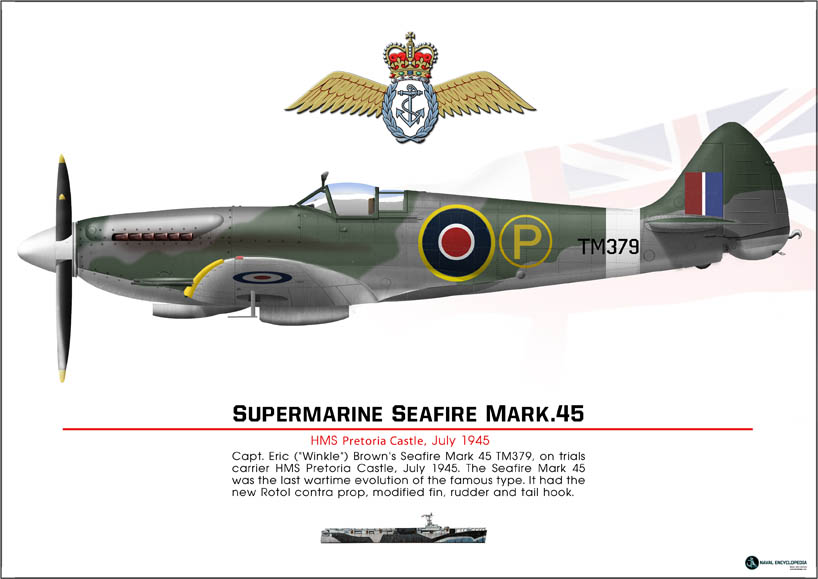
Seafire Mark 45; HMS Pretoria Castle
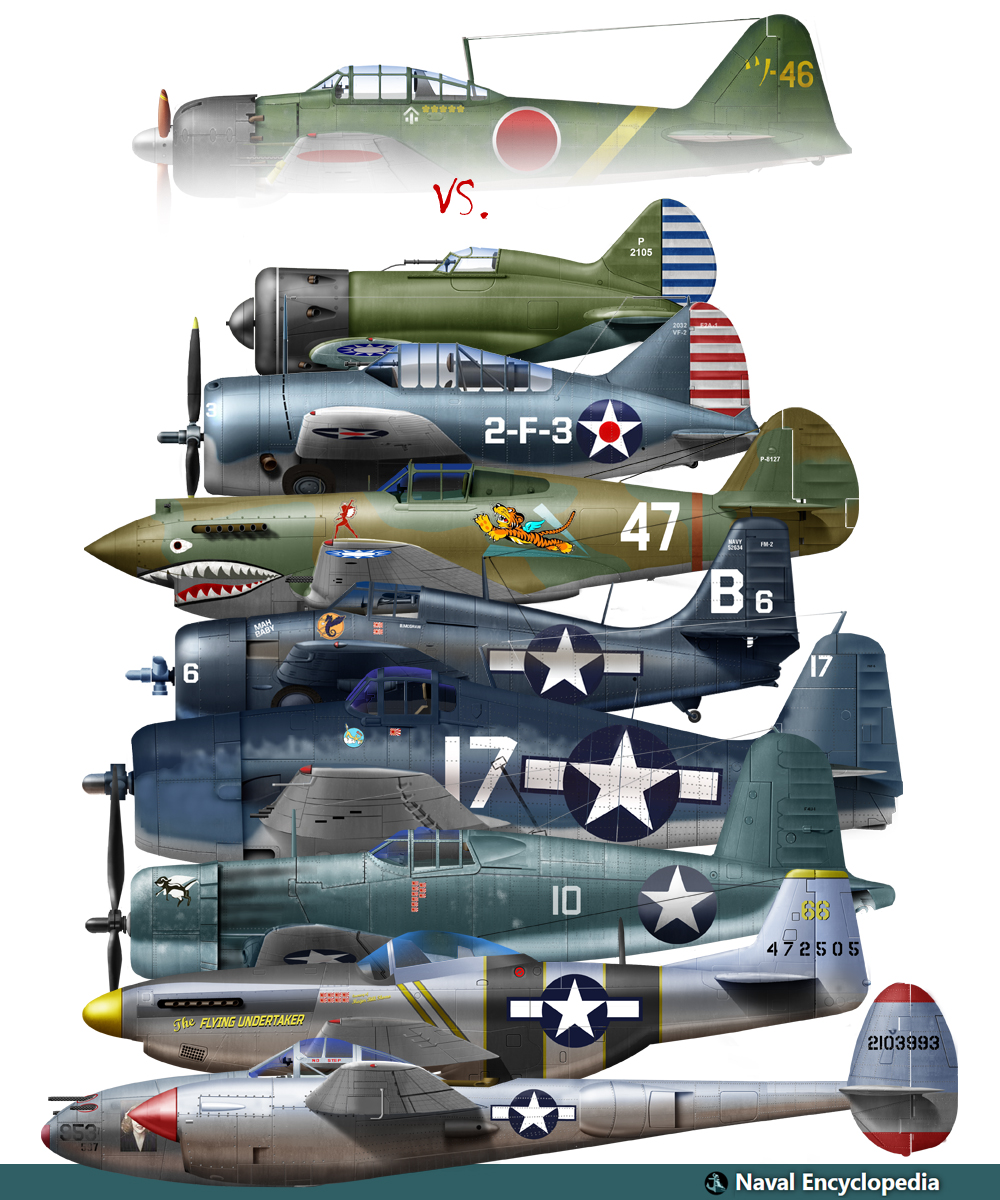
Zeros vs its aversaries
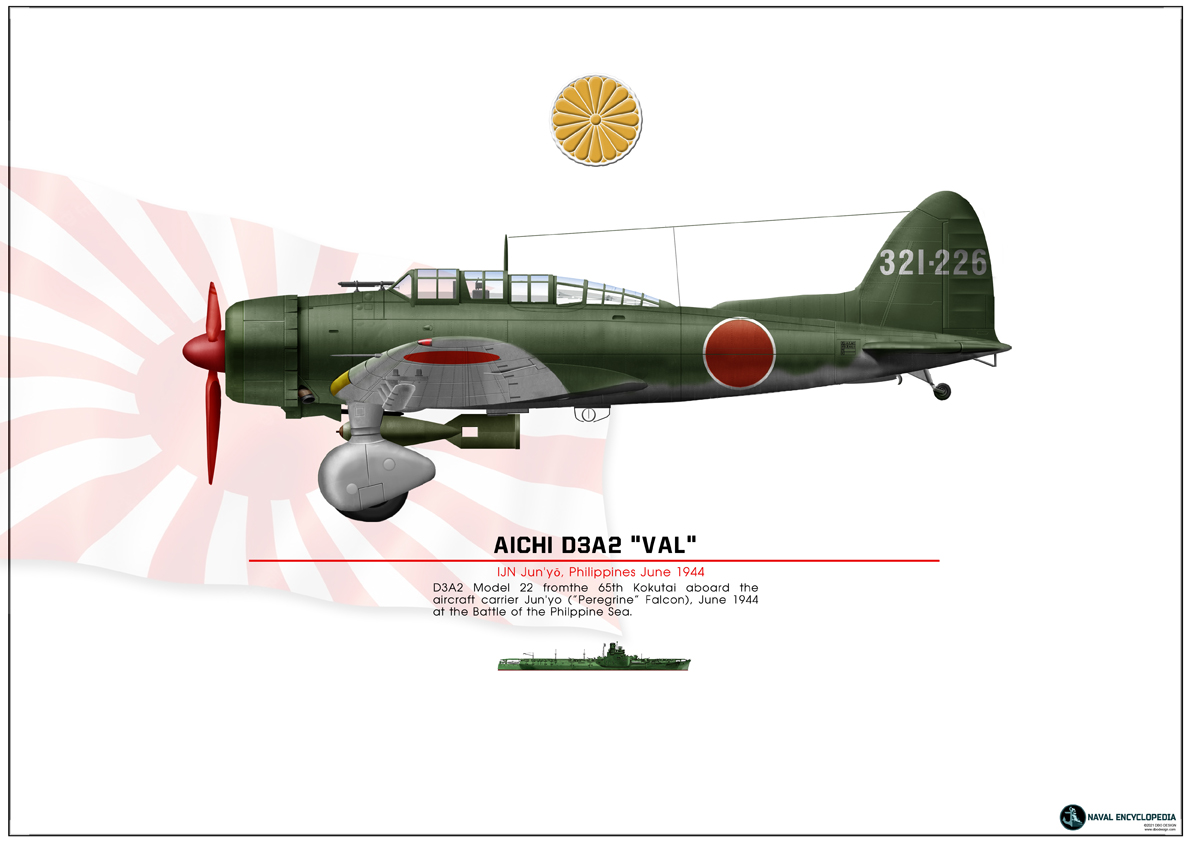
Aichi D3A “Val” Junyo
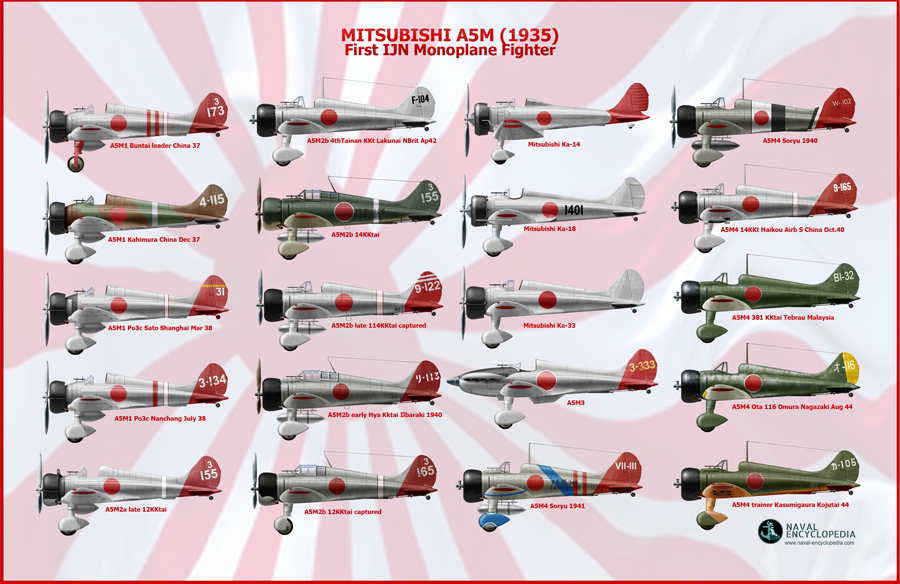
Mitsubishi A5M poster
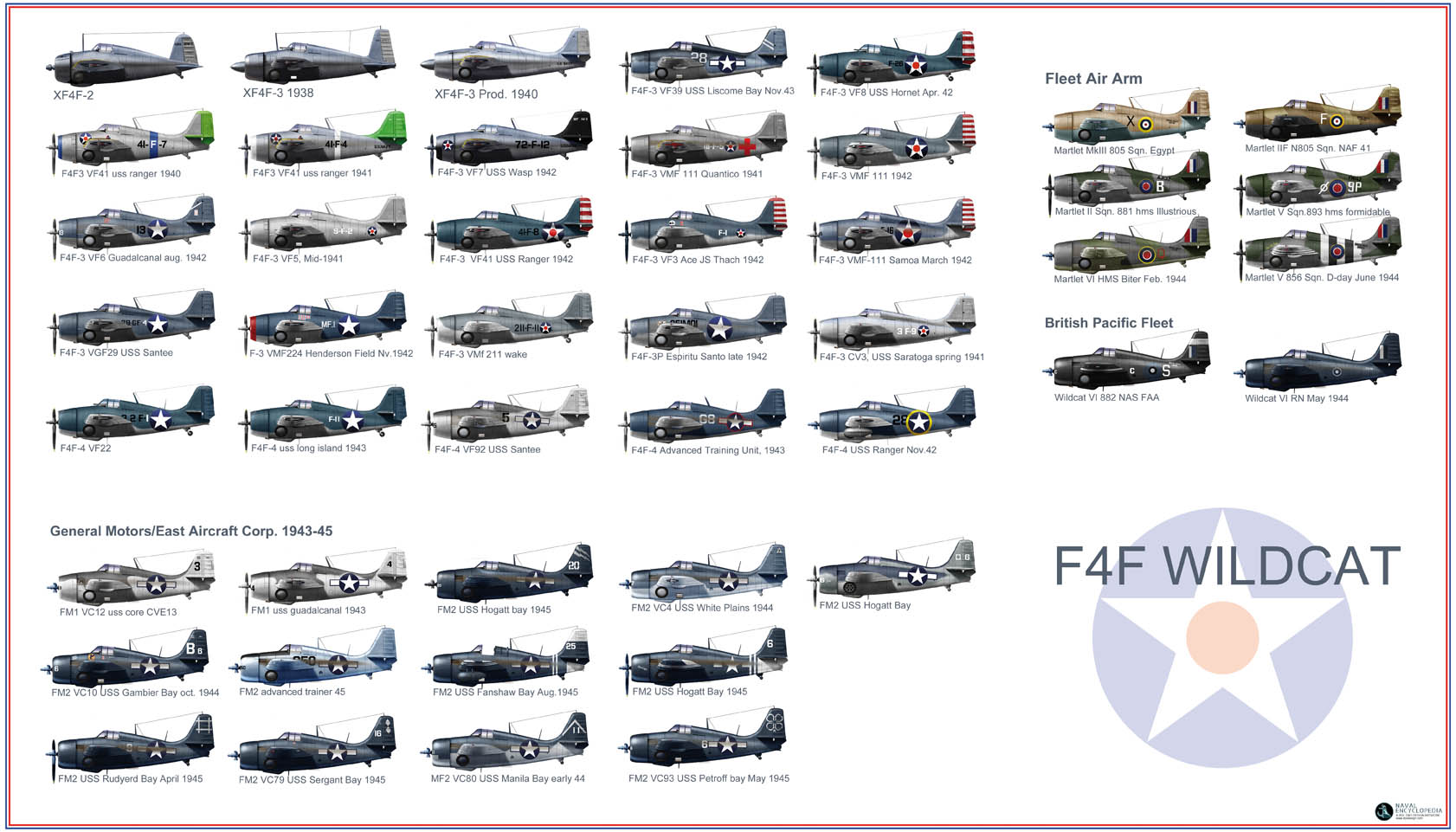
F4F wildcat
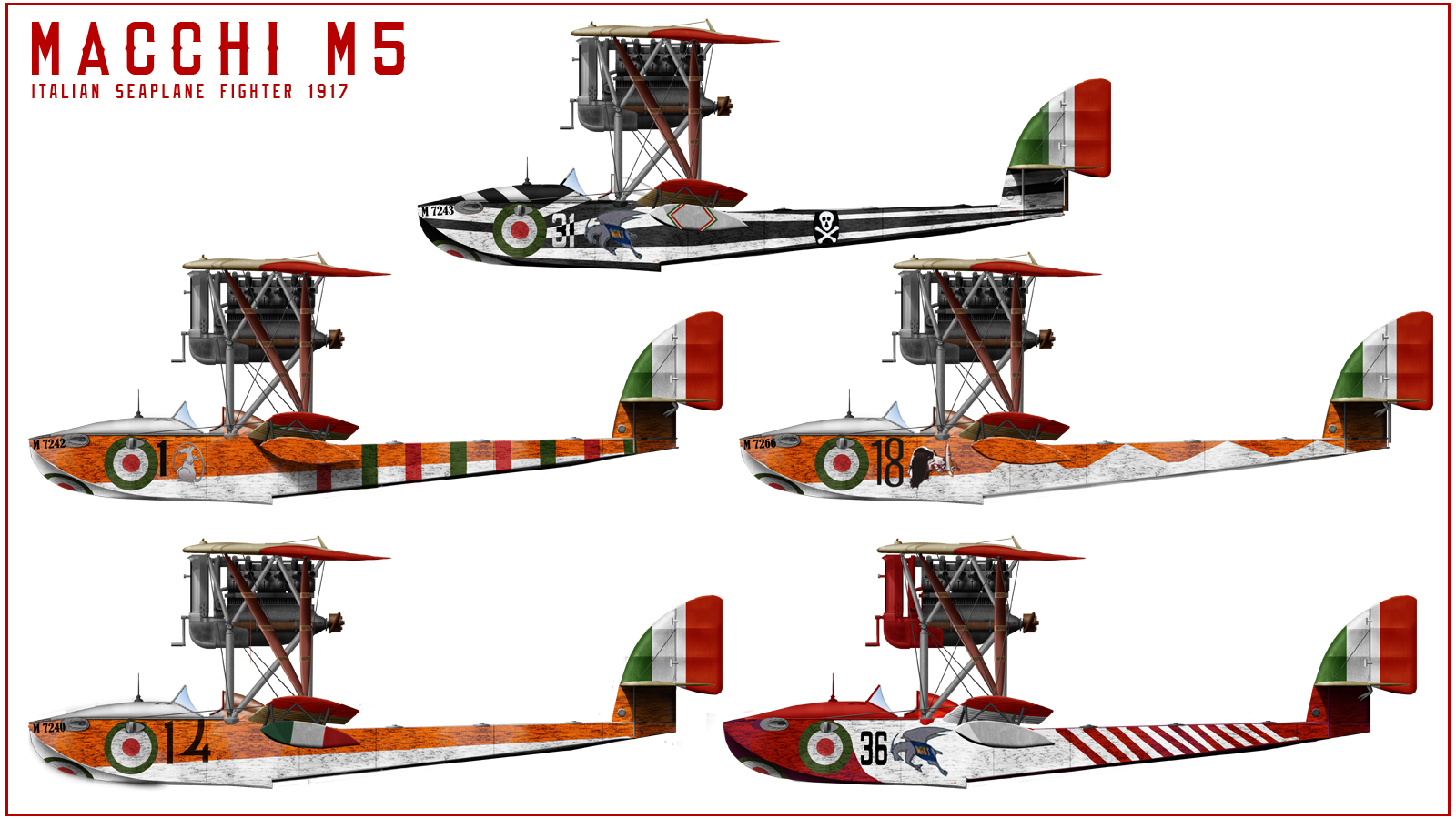
Macchi M5
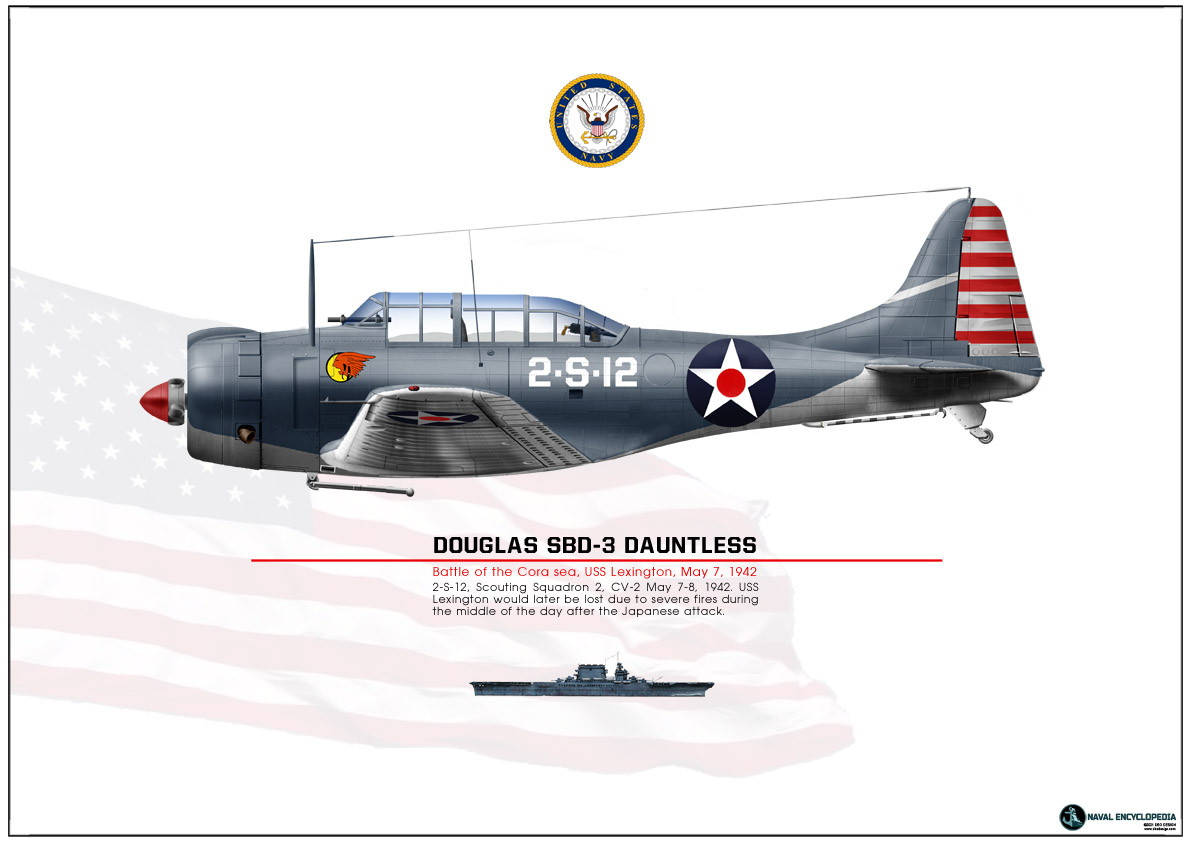
SBD Dauntless Coral Sea
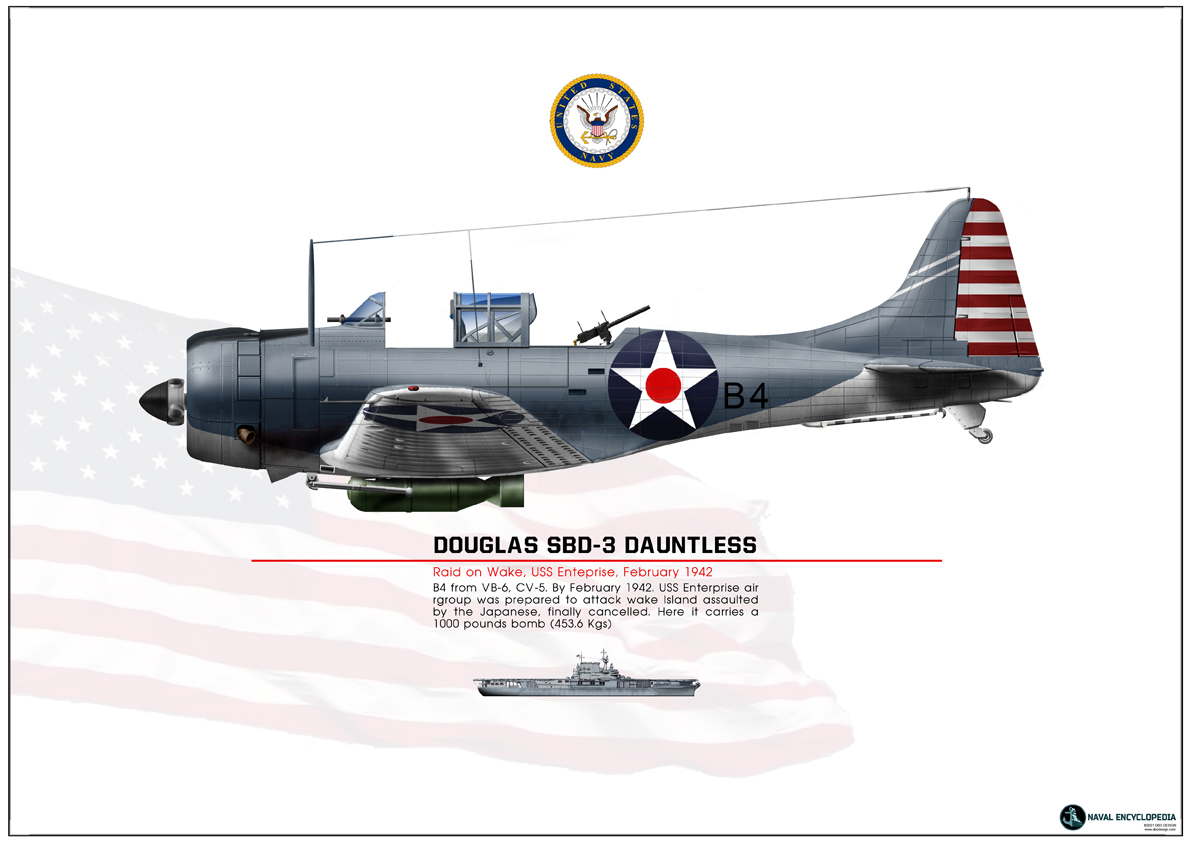
SBD Dauntless USS Enterprise
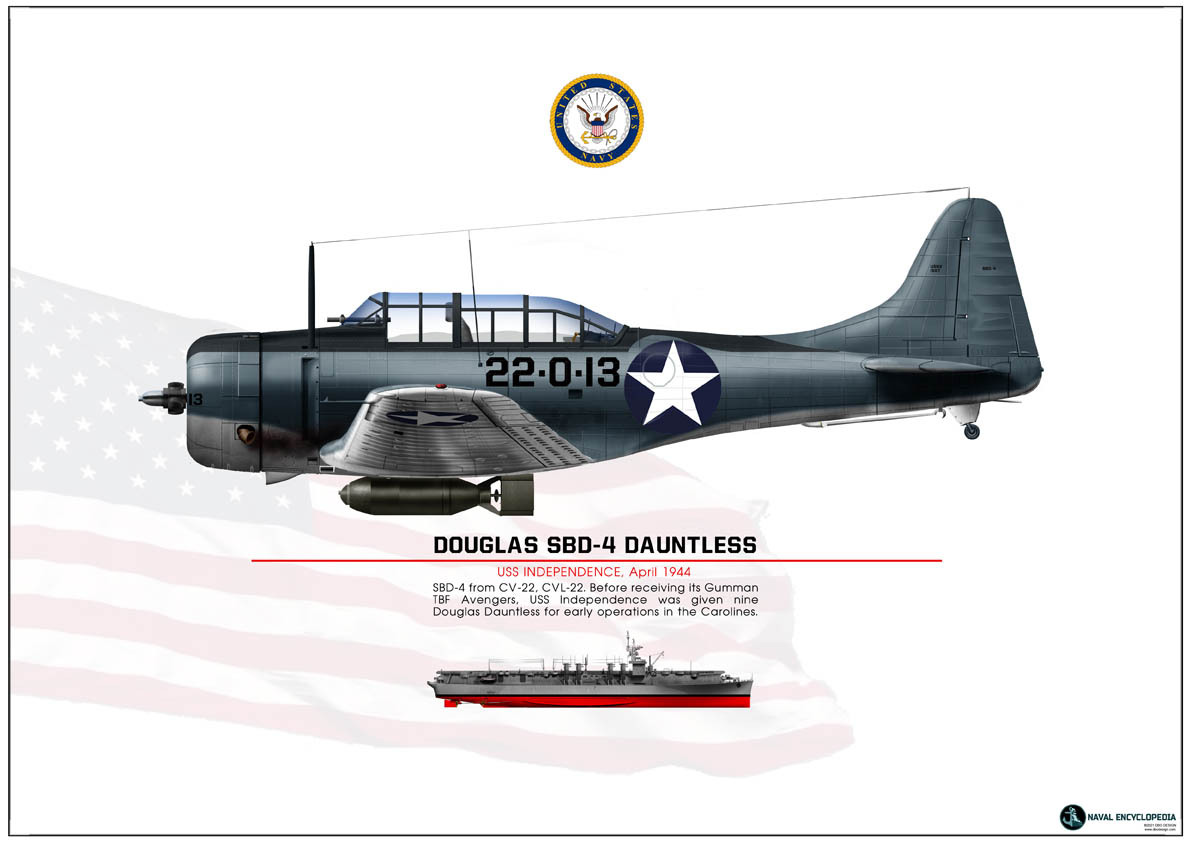
SBD-4 CV22